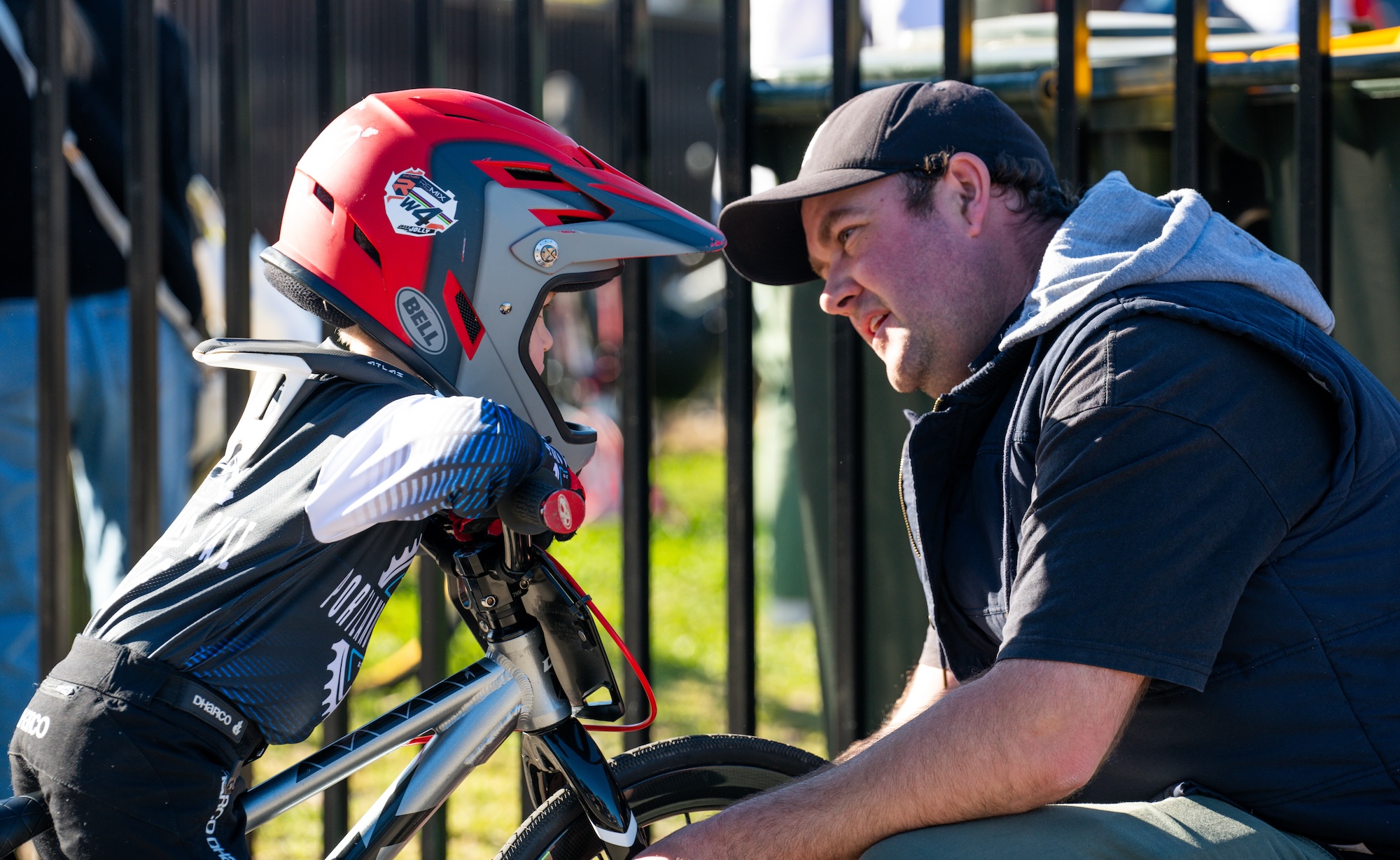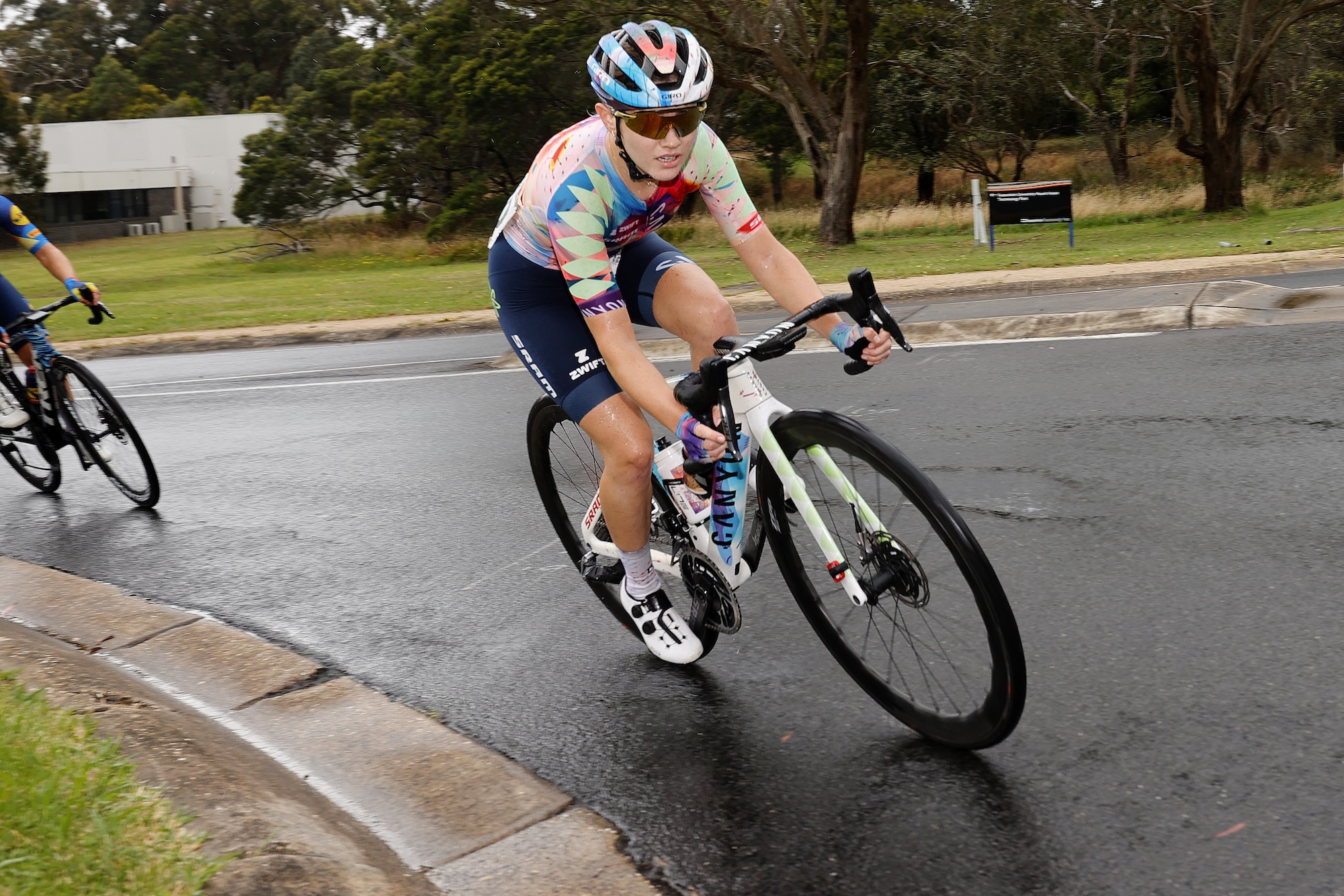AusCycling has today released a set of new, cycling-specific guidelines to better manage concussion according to industry best practices.
The guidelines, and accompanying resources, are the outcome of AusCycling’s review of concussion protocols that began 12 months ago. The review involved consulting with medical experts and analysing the latest government resources available on brain injury.
A key outcome of the review is AusCycling’s adoption of the latest version of the Australian Institute of Sport (AIS) Concussion Guidelines for Youth and Community Sport, which takes an “if in doubt, sit them out” approach.
AusCycling has also published standalone return to cycling guidelines that will assist riders, parents, coaches, officials, clubs and medical practitioners when dealing with a concussive or potentially concussive incident.
A review of AusCycling’s concussion policy was undertaken by the AusCycling Medical Advisory Group, which consists of health professionals across different clinical backgrounds and cycling disciplines.
Key points of the Youth and Community cycling guidelines:
• At least 14 days symptom-free before returning to training;
• A minimum period of 21 days until the resumption of competition;
• Access to injury management resources, including an Incident Report Form, discipline-specific assessment tools, and a Concussion Pocket Card;
• Access to external resources, including the UCI Concussion webpage, ASC Concussion Course for Health Practitioners, Connectivity Concussion Education Short Course, and the HeadCheck app.

AusCycling has adopted the latest version of the AIS Concussion Guidelines for Youth and Community Sport (Photo: 5th Gear Digital)
To develop the return to cycling guidelines, the AusCycling Medical Advisory Group reviewed the Australian Sports Commission’s latest Position Statement on Concussion and Brain Health.
Based on evidence-based recommendations and consensus-based professional opinion, the ASC’s Position Statement includes concussion recognition and assessment tools that can be used at the scene of injury and at a later date to assess ongoing symptoms and guide return to sport.
The tools were subsequently adapted to better fit the requirements of cycling, as Medical Advisory Group member Dr Katie Banerjee explained.
“Concussion (or mild traumatic brain injury) is the commonest type of brain injury; around 15-20% of concussions in developed countries are sport-related in origin,” Dr Banerjee said.
“The recognition of concussion should be universal, but the Medical Advisory Group was able to adapt the return to sport guidelines to make them more cycling specific, rather than being based on return to contact sports training and competition.”
Dr Banerjee – a competitive road cyclist and a specialist paediatrician with more than 10 years’ experience working in the Brain Injury Unit at Westmead Children’s Hospital – said the guidelines are relevant to all forms of recreational and competitive cycling, including “individuals who sustain a concussion elsewhere and are looking for guidance in returning to cycling as a sport of choice.”

Standalone return to cycling guidelines are now available on the AusCycling website (Photo: Con Chronis)
She added that when appropriate measures are taken, the benefits of participating in sport outweigh the risks.
“Personally, as a doctor working in brain injury, I believe a concussion policy should be available for all sports.
“Most sports are not without risk: obviously, some sports have higher risks than others, cycling being one of those higher-risk sports. It is important for individuals to understand and balance those risks when deciding to participate in any sport.
“For me, the health benefits both physiologically and psychologically of regular cycling outweigh the risks.
“Prevention is better than cure; wearing a good-quality and well-fitting cycling helmet, wearing high-visibility clothes, making sure your bike is well-maintained and serviced, choosing to ride in good weather conditions and carefully deciding on routes away from heavy traffic can all help to minimise risk for the majority of cyclists.
“At the end of the day, it's the choice of the individual; an inherent risk of head injury will always remain. It is important that this is recognised by bodies such as AusCycling, and we are developing ways to help support and protect riders to the best of our ability.”
A practical guide webinar will be hosted in the coming weeks with further details communicated through AusCycling platforms. Register your interest via the button below:
Future Concussion Policy Practical Application Webinar Registration
Australian Concussion Guidelines for Youth and Community Sport: Available here.
Graded Return to Cycling Guidelines: Available here.
Flow Chart of Potential Concussion: Available here.
Return to Play Clearance Form: Available here.
Visit the AusCycling Concussion in Cycling page.
Main Image: Matt Rousu
